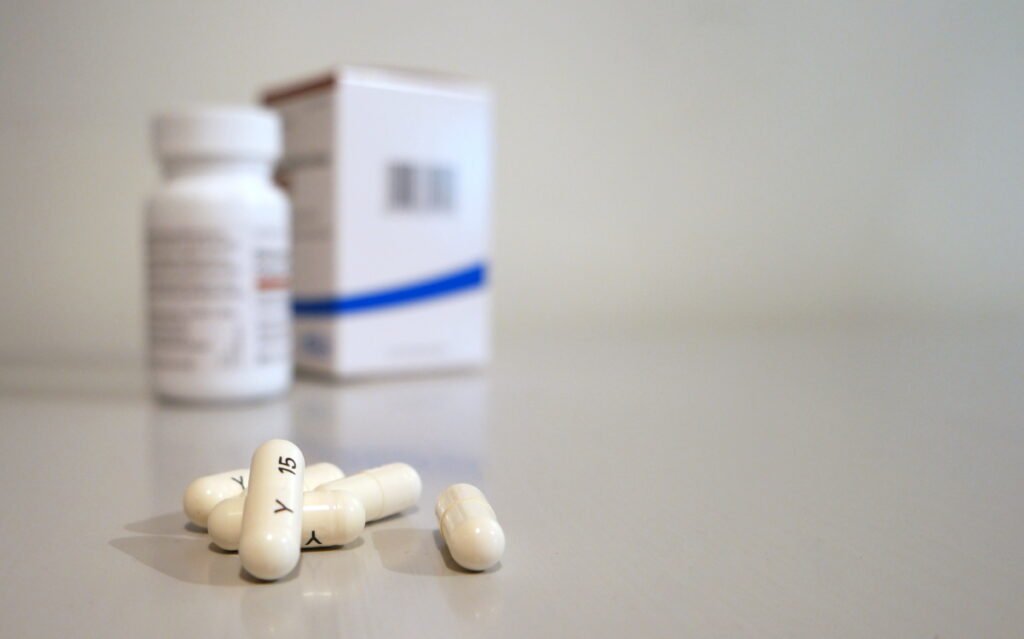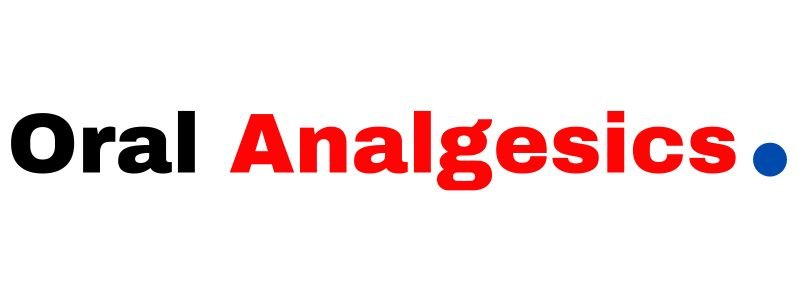The Best Over-the-Counter Medications for Lower Back Pain Relief
Are you tired of dealing with constant lower back pain? In this article, we will explore the best over-the-counter medications available for providing relief. Whether you experience occasional discomfort or chronic pain, these medications can help alleviate your symptoms and improve your quality of life. Say goodbye to stiffness and discomfort and say hello to a pain-free back!
Explanation of lower back pain
Lower back pain is a common condition that affects many individuals at some point in their lives. It can be caused by various factors, such as muscle strains, improper posture, or underlying medical conditions. Lower back pain can range from mild discomfort to debilitating pain and can significantly impact your daily activities and overall quality of life.
Overview of over-the-counter (OTC) medications for lower back pain relief
When it comes to finding relief for lower back pain, over-the-counter (OTC) medications can be a convenient and accessible option. These medications are readily available without a prescription and can help alleviate pain and reduce inflammation. OTC medications commonly used for lower back pain relief fall into several categories, including nonsteroidal anti-inflammatory drugs (NSAIDs), acetaminophen, topical analgesics, muscle relaxants, and topical NSAIDs.

Advantages of using OTC medications
There are several advantages to using OTC medications for lower back pain relief. Firstly, OTC medications are easily accessible and can be obtained without needing a prescription. This convenience allows you to quickly obtain relief without having to schedule a doctor’s appointment or wait for a prescription to be filled. Additionally, OTC medications are generally less expensive than prescription medications, making them a cost-effective option for managing lower back pain. Moreover, these medications are designed specifically for self-administration, allowing you to take control of your pain management.
How to choose the best OTC medications for lower back pain relief
Choosing the best OTC medication for lower back pain relief can be overwhelming due to the wide array of options available. To make an informed decision, consider the following factors:
- Determine the cause of your lower back pain: Identifying the cause can help you choose the most appropriate medication. For example, if your pain is primarily due to inflammation, NSAIDs may be the best choice, while if your pain is muscle-related, muscle relaxants or topical analgesics may provide better relief.
- Consult with a healthcare professional: If your lower back pain is severe or persistent, it is advisable to consult with a healthcare professional before taking any medication. They can provide valuable guidance and recommend specific OTC medications based on your individual needs and medical history.
- Read and follow the instructions: Carefully read the labels and instructions of OTC medications before use. Pay attention to dosage recommendations, contraindications, and potential side effects to ensure safe and effective use.
- Consider your personal preferences: Some people may prefer oral medications, while others may prefer topical options. Consider your personal preferences and lifestyle when choosing the best OTC medication for your lower back pain relief.

Nonsteroidal Anti-Inflammatory Drugs (NSAIDs)
NSAIDs are a commonly used class of OTC medications for lower back pain relief. They work by reducing inflammation and relieving pain. There are several NSAIDs available over the counter, including ibuprofen, naproxen, and aspirin.
Ibuprofen
Ibuprofen is a widely used NSAID that is effective in reducing pain and inflammation. It can be taken orally in tablet form or as a liquid suspension. Ibuprofen is typically taken every 4-6 hours, but it is important to follow the recommended dosage instructions on the packaging.
Naproxen
Naproxen is another NSAID commonly used for lower back pain relief. It is available in tablet form and provides long-lasting pain relief. It is generally taken every 8-12 hours, but it is essential to follow the recommended dosage instructions.
Aspirin
Aspirin, although primarily known as a pain reliever and fever reducer, also possesses anti-inflammatory properties. It can be effective in alleviating lower back pain caused by inflammation. Aspirin tablets should be taken with water and following the recommended dosage instructions.
Acetaminophen
Acetaminophen is another OTC medication commonly used for lower back pain relief. Unlike NSAIDs, acetaminophen does not possess anti-inflammatory properties but can effectively alleviate pain. It is available in tablet or liquid form and is typically taken every 4-6 hours. It is important to follow the recommended dosage instructions and avoid exceeding the maximum daily limit to prevent potential liver damage.
Comparison with NSAIDs
While NSAIDs and acetaminophen both provide pain relief, they differ in terms of their mechanism of action and potential side effects. NSAIDs reduce pain, inflammation, and fever, while acetaminophen primarily acts as a pain reliever and fever reducer. NSAIDs, however, may have a higher risk of gastrointestinal side effects, such as stomach ulcers or bleeding, compared to acetaminophen.
Appropriate dosage
When taking acetaminophen, it is crucial to follow the recommended dosage instructions and avoid exceeding the maximum daily limit to prevent liver damage. If you have any underlying liver conditions or are taking other medications, it is advisable to consult with a healthcare professional to determine the appropriate dosage.

Topical Analgesics
Topical analgesics are OTC medications that provide localized pain relief when applied directly to the skin. They come in various forms, such as creams, gels, or patches, and can be effective in reducing lower back pain.
Menthol-based topical creams
Menthol-based topical creams, such as those containing ingredients like menthol or camphor, create a cooling sensation that can distract from pain and provide temporary relief. These creams are applied directly to the skin and can be massaged into the affected area for better absorption.
Capsaicin creams
Capsaicin creams contain an active ingredient found in chili peppers that can desensitize nerves and alleviate pain. These creams are typically applied to the affected area and should be used sparingly, as they can cause a burning or stinging sensation initially. Regular application, following the instructions provided, can provide relief over time.
Lidocaine patches
Lidocaine patches are adhesive patches that contain the local anesthetic lidocaine. When applied to the skin, these patches numb the area and provide localized pain relief. They can be effective for managing lower back pain and are generally safe to use. Follow the instructions for proper application and duration of use.
Muscle Relaxants
Muscle relaxants are OTC medications that can help reduce muscle spasms and alleviate lower back pain caused by muscle tension or strain. Two common muscle relaxants available without a prescription are cyclobenzaprine and methocarbamol.
Cyclobenzaprine
Cyclobenzaprine is a muscle relaxant that can provide relief from lower back pain by reducing muscle spasms and promoting muscle relaxation. It is typically taken orally and should only be used for short-term relief, as it can cause drowsiness and other side effects.
Methocarbamol
Methocarbamol is another OTC muscle relaxant that can help alleviate lower back pain caused by muscle spasms. It is typically taken orally and should be used as directed. Methocarbamol may cause drowsiness, so it is important to avoid activities that require alertness while taking this medication.

Topical NSAIDs
Topical NSAIDs are OTC medications that provide localized pain relief and have anti-inflammatory properties. They can be particularly effective for individuals who prefer topical application or have sensitivities to oral NSAIDs.
Diclofenac gel
Diclofenac gel is a topical NSAID that can reduce inflammation and provide localized pain relief when applied to the skin. It is typically applied to the affected area and should be gently massaged in for better absorption. Avoid contact with broken or irritated skin.
Ketoprofen gel
Ketoprofen gel is another topical NSAID that can provide relief from lower back pain. It is applied directly to the skin, and the amount needed will depend on the size of the affected area. Follow the instructions provided for proper application and usage.
Conclusion
Lower back pain can significantly impact your daily life, but there are several over-the-counter medications available to provide relief. Nonsteroidal anti-inflammatory drugs (NSAIDs), acetaminophen, topical analgesics, and muscle relaxants are among the options you can consider. Remember to consider the cause of your pain, consult with a healthcare professional if needed, read the instructions carefully, and choose the medication that best suits your needs and preferences. With the right OTC medication, you can find the relief you need to get back to enjoying life without lower back pain.



